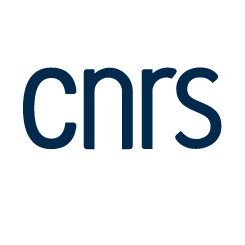Bi-Genomic Mitochondrial-Split-GFP − the Yeast System for Screening the Mitochondrial Matrix Echoforms of Dually Localized Proteins
Résumé
A single nuclear gene can be translated into a protein that distributes in many cellular compartments. Accumulating evidences show that a lot of yeast Saccharomyces cerevisiae mitoproteins have dual mitochondrial and another compartment localization. The differentially localized pools of such proteins have been named echoforms. Unraveling the existence of mitochondrial echoforms using current GFP (Green Fluorescent Protein) fusion microscopy approaches is extremely difficult, especially for the cytosolic proteins, because the GFP signal of the cytosolic echoform almost inevitably masks that of the mitochondrial one. We therefore engineered a yeast strain expressing a new type of Split-GFP system termed Bi-Genomic Mitochondrial-Split-GFP (BiG Mito-Split-GFP). Split-GFP is based on the partition of 11 beta strand-composed GFP into two fragments: one long fragment that encompasses the 10 first beta strands (GFPβ1-10) and one smaller fragment that consists of the remaining beta strand (GFPβ11). In this strain the GFPβ1-10 fragment is expressed from the mitochondrial genome under the control of the ATP6 promoter and translated inside the organelle without interfering with mitochondrial function. The GFPβ11 is expressed from a plasmid under the control of a strong GDP promoter and can be fused to any nuclear-encoded protein that will be translated by cytosolic translation machinery. Both Split-GFP fragments are translated in separate compartments and only mitochondrial proteins or echoforms of dual localized proteins trigger GFP reconstitution and can be visualized by fluorescence microscopy of living cells. We could authenticate the mitochondrial importability of any protein or echoform from yeast, but also from other organisms such as the human Argonaute 2 mitochondrial echoform.
